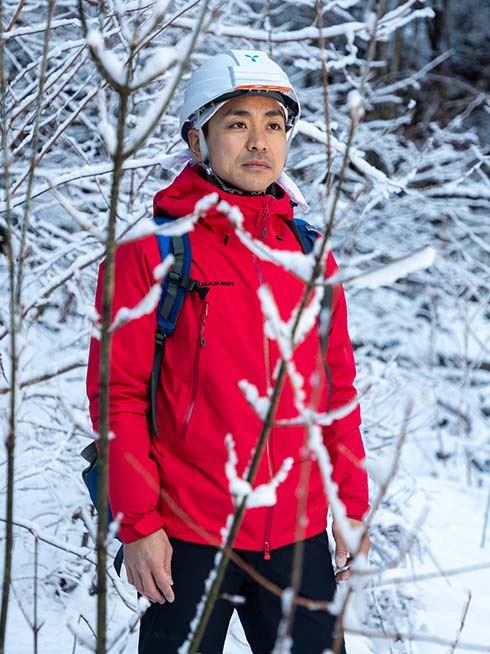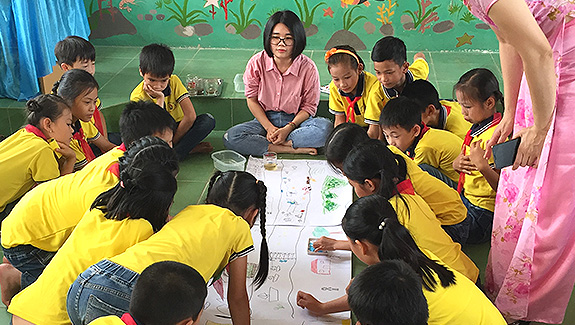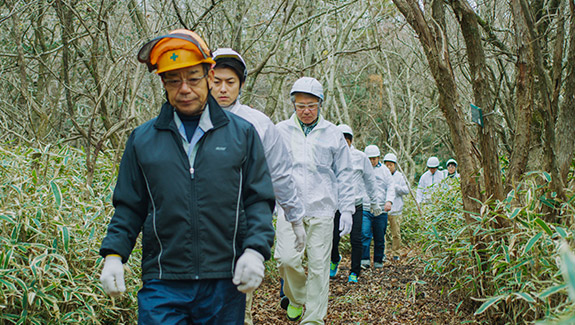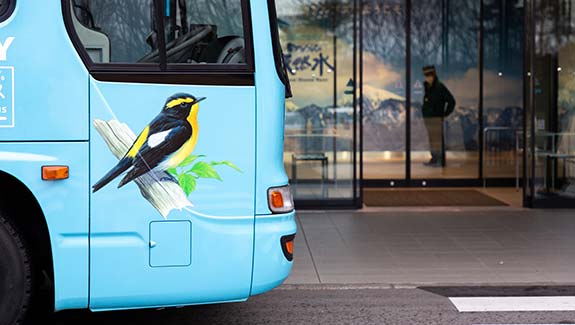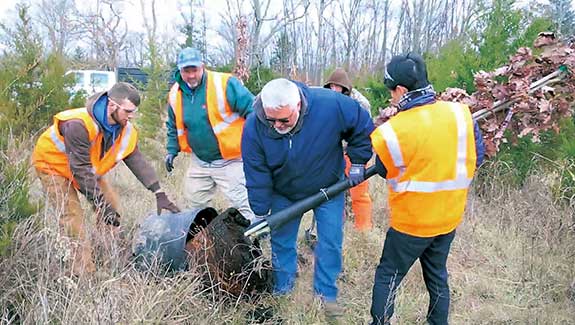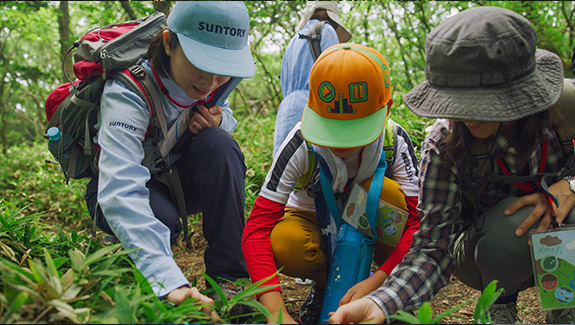Japan’s Precious Water
While governments will undoubtedly take the lead in managing water supply, businesses have also responded.
In Japan, global beverage company Suntory has recognized that quality, clean, and sustainable water is a core part of its business. With this in mind, Suntory has partnered with experts in forestry, hydrology, and other environmental sciences to come up with strategies to optimize water regeneration.
In Japan, and as of March 2019, the company has established a network of 21 forest sites, totaling 12,000ha, as Natural Water Sanctuaries. The initiative started in 2003 in Japan and has been expanded to Suntory’s overseas operations in the US.











